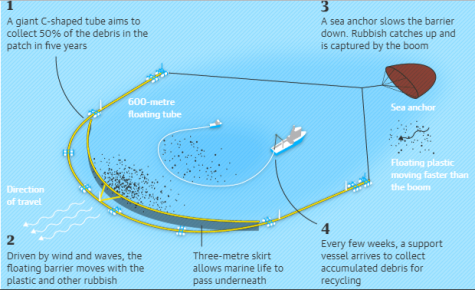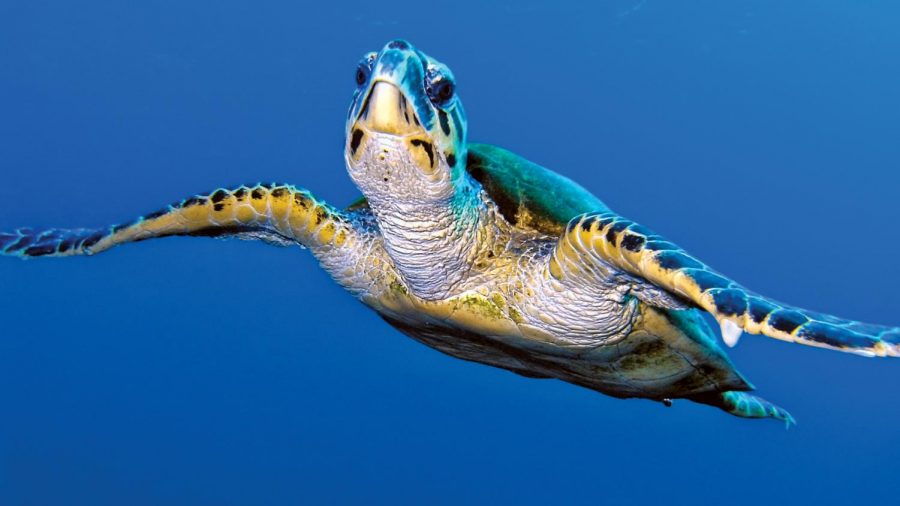Save the Turtles?!?!
I know VSCO girls may be saying “Save the turtles” while they sip from either their metal straw or their Hydroflask, but there are other species in the world that are endangered due to plastic straws. Some of these species are types of seabirds, toothed whales, crabs, and bacteria.
Certain seabirds are being negatively impacted by the amount of plastic they ingest. There was a study by some scientists at the University of Tasmania about the health of flesh-footed shearwaters. When they eat plastic, it stunts their growth, and their kidneys may stop working.
Plastic is clogging up the digestive systems of toothed whales, as they usually accidentally ingest the plastic when they are hunting. In the Philippines, researchers from a natural history museum found 40kg of plastic inside of a Cuvier beaked whale.
In 2014, scientists from the University of Exeter discovered that microplastics may enter the bodies of both crabs and fish through their gills. The microplastics may even be passed up the food chain to humans.
Plastic pollution is interfering with the bacteria that produces 10% of our oxygen on Earth. Scientists from Macquarie University say it’s interfering with the bacteria’s growth, oxygen production, and photosynthesis.
Even though plastic is still negatively affecting several species, many scientists worked to find a way to reduce the amount of plastic in the ocean. There is a device that collects plastic over a certain amount of time, until a support vessel collects the plastic every few weeks and sends the device out again to collect more.
It’s goal is to clean the island of trash in the Pacific Ocean, also known as the Great Pacific Garbage Patch, which is about three times the size of France. Recently the device had its first successful collection, which shows great promise of helping to clean our oceans. They hope this device will collect half of the debris in the Great Pacific Garbage Patch.

Source: The Ocean Cleanup.
This photo explains how the device works, and how they retrieve the debris.
The device can communicate its position via satellites due to sensors and transmitters. The plastic gathered will be collected and recycled. They plan to scale up the device so that they won’t have to collect the trash from it so often.

Jocelyn Smith is a freshman who takes the Intro to Journalism course at NAI. She enjoys playing soccer, running in track, and reading novels. Her favorite...


